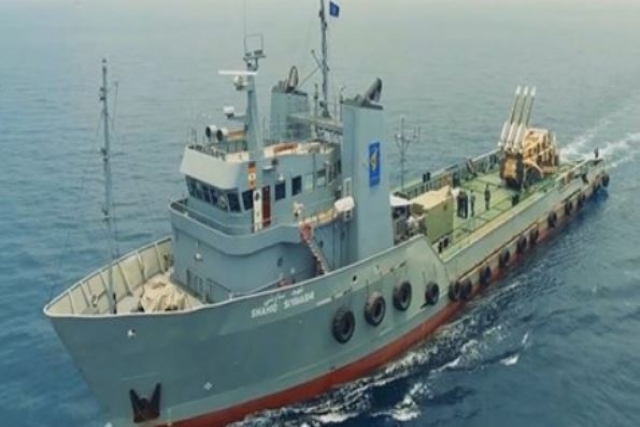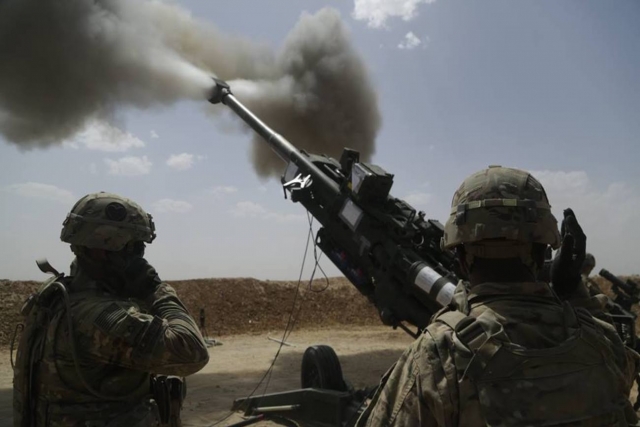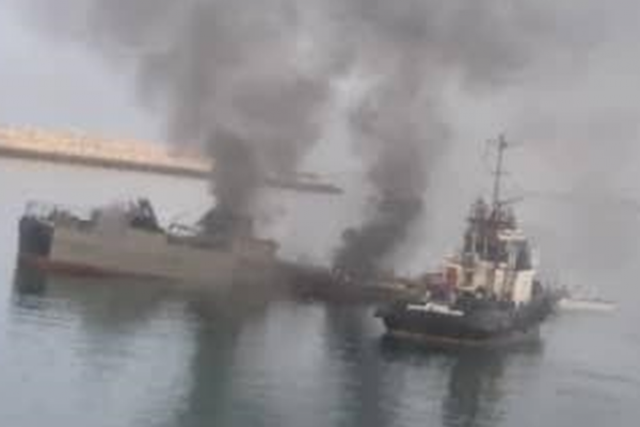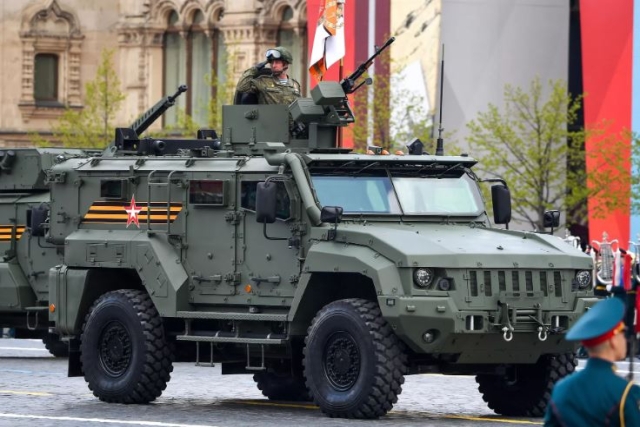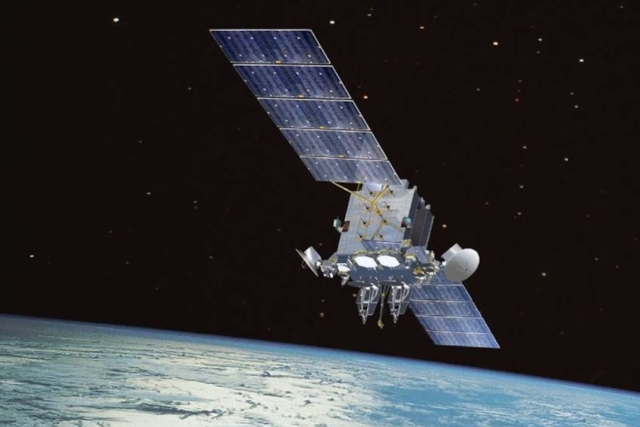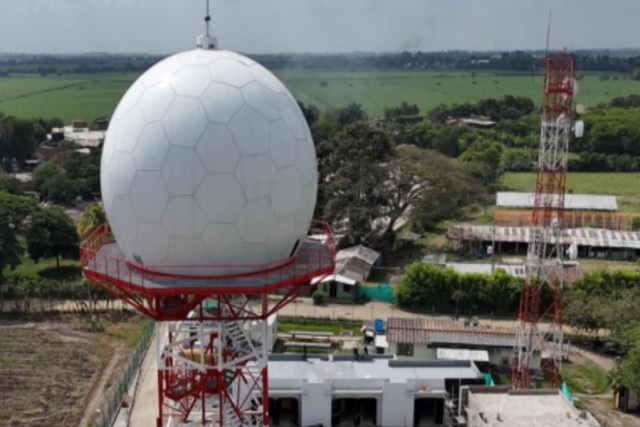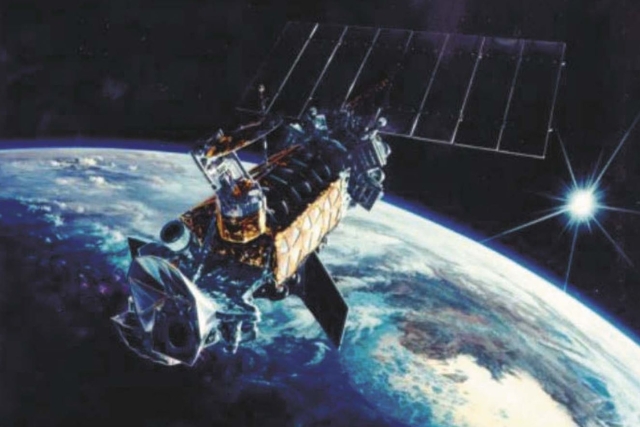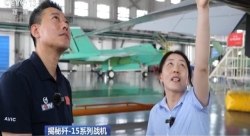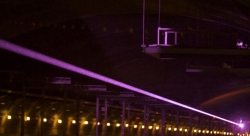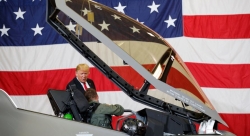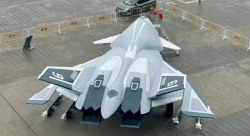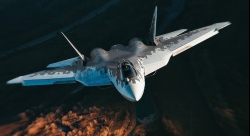Russian Su-30, China’s J-10 are "Highly Lethal" Aircraft: US Secretary of State
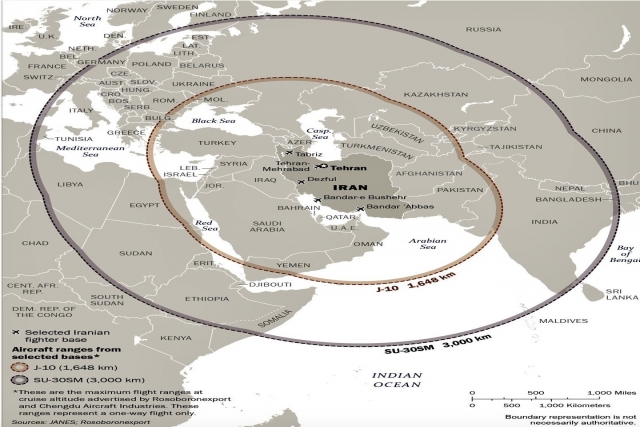
The U.S. Secretary of State, Mike Pompeo described the Russian Su-30 and Chinese J-10 as "highly lethal" aircraft in a tweet to justify extending the U.N. Arms Embargo on Iran.
“If the U.N. Arms Embargo on Iran expires in October, Iran will be able to buy new fighter aircraft like Russia’s Su-30 and China’s J-10. With these highly lethal aircraft, Europe and Asia could be in Iran’s crosshairs. The U.S. will never let this happen,” Pompeo tweeted today.
Iran’s Foreign Minister Mohammad Javad Zarif claimed that the top US official was misleading the world. “Pompeo is so desperate to mislead the world that he claims come October, Iran will purchase fighter aircraft. And then send them off to the limits of their ONE-WAY ranges. Perhaps he could also say how they would fly back to Iran having exhausted their fuel,” Zarif tweeted.
Trump administration on June 23 is said to have introduced a U.N. Security Council (UNSC) draft resolution extending the arms embargo on Iran. The resolution would oblige nations to take active measures to prevent Iran from supplying, selling, or transferring arms to other countries, unless the Security Council committee overseeing U.N. sanctions approves such transfers. The measure would also require all U.N. member states to inspect cargo transiting through their territory to check for illicit arms imports or exports from Iran, and grant them authority to seize and destroy such weapons, Foreign Policy reported.
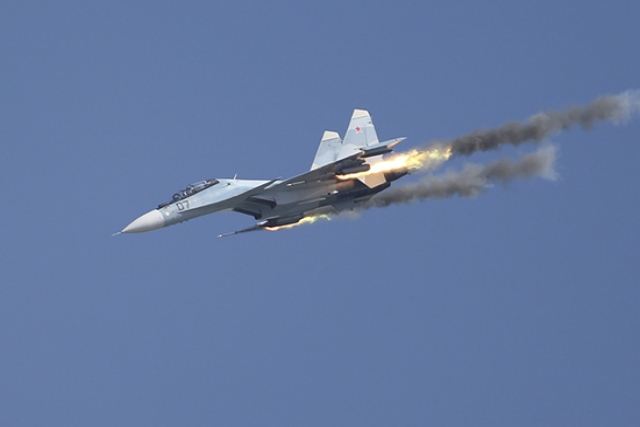
It would also impose an asset freeze and travel ban on individuals responsible for violating the arms embargo, and authorize states to “seize, inspect, freeze (impound), confiscate, and dispose of any vessel in their ports.”
The Joint Comprehensive Plan of Action (JCPOA) or the Iran nuclear deal is a long-term agreement on Iran’s nuclear programme with a group of world powers known as the P5+1 (US, UK, France, China, Russia and Germany) reached in 2015. According to the terms, the US would lift all nuclear-related economic sanctions in exchange to Tehran’s reduction in its nuclear activities.
Relations between Tehran and Washington began collapsing in 2018 after the Trump administration unilaterally withdrew from the deal. The UN arms embargo was to be lifted five years after the Iran nuclear deal took effect. The Russian and Chinese foreign ministers said in separate letters to the UN chief that keeping sanctions on Iran past October was not part of the deal.
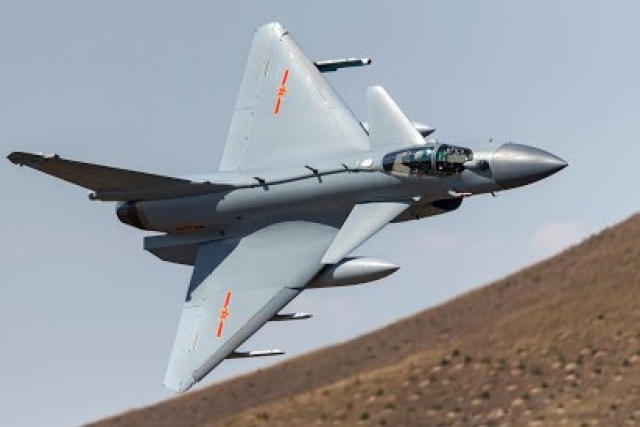
It is widely expected that Tehran will announce orders for at least one new class of fighter jet by the end of the year or early in 2021.
Iran wanted to buy Su-30s since mid-2010s. A couple of months ago, Russian local media reported that Tehran was seriously interested in acquiring Su-30 or MiG-35 fighters.
“The Russians and the Chinese have given us proposals (to acquire fighter jets). Of course, we have our own proposals, but all of this is in the discussions stage,” Iran Aviation Industries Organization Director Brigadier General Abdolkarim Banitarafi said during MAKS-2019 event in Russia.
But in mid-January, China’s Sina News reported that Iran was looking to buy J-10 jets using half of $3 billion funds provided by Qatar. “Although Iran appears to be interested in combat-proven Russian Su-30 jets, Iran could pick the Chinese alternative in light of the recent criticism against Russian military aircraft, primarily on account of the lack of spare parts,” the report said.
In 1990s Iran bought J-7 aircraft, China’s copy of Russian MiG-21. It replaced some of these jets with newer J-10s, whose performance roughly matches that of the American F-16 Fighting Falcons.
